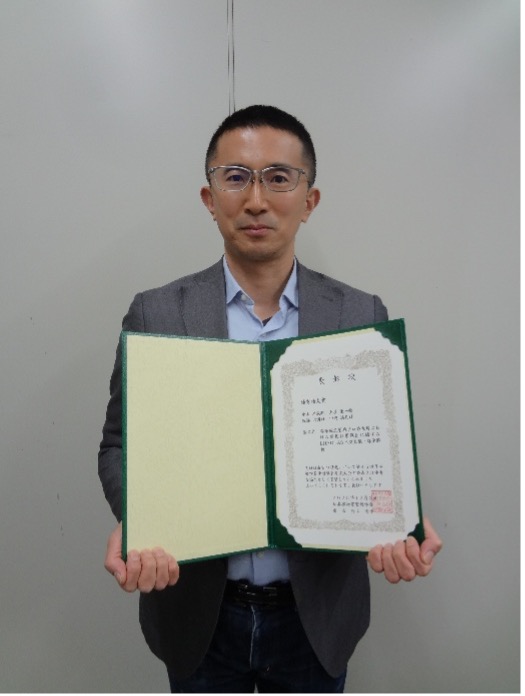

HOME > Awards
2026.01.07

Dr. Hiromasa Nakayama, researcher of Research Group for Environmental Science, received the awarded paper at the 46th Annual Meeting of the INMM Japan Chapter. The awarded paper, “LHADDAS analysis on the area of influence of urban buildings on air dose rate distribution patterns against radiation terrorism in urban central districts” was published in the 46th Annual Meeting of the INMM Japan Chapter proceedings.
LHADDAS(Local-scale High-resolution Atmospheric Dispersion and Dose Assessment System)was conducted to analyze dose consequence of radiological agent attacks in urban central districts. The spatial distributions of the air dose rates were compared and investigated the spatial extent of the distribution patterns influenced by individual buildings by comparative analysis on the two typical cities. It was shown from the simulation results that the spatial extent of the influenced area could be about 1.0 km from a point source.
Our study can be helpful for pre-planning and practical training for responding to radioactive material dispersal attacks in urban environments.
【Awarded paper】The 46th Annual Meeting of the Institute of Nuclear Materials Management (INMM) Japan Chapter Proceedings